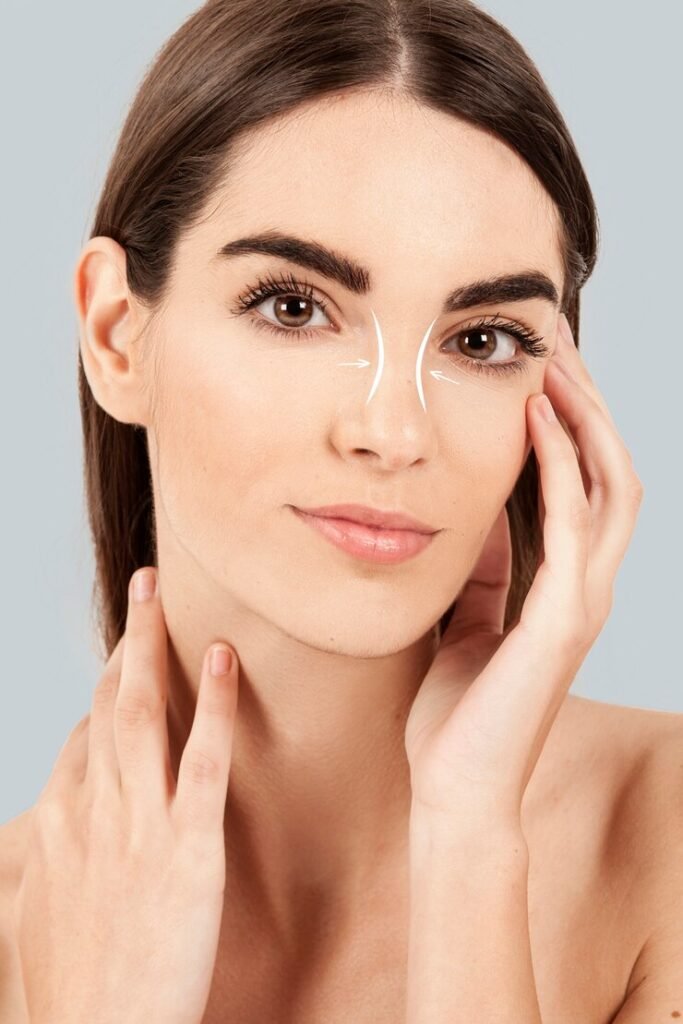Rhinoplasty
Surgery
What Is Rhinoplasty?
Rhinoplasty, commonly known as a nose job, is a cosmetic surgery procedure aimed at reshaping the nose to enhance its appearance and function. It has gained popularity worldwide in recent decades, offering patients the opportunity to achieve aesthetic harmony with their facial features. Beyond cosmetic concerns, rhinoplasty can also address medical issues like breathing problems, sinus conditions, or congenital defects, providing both aesthetic and functional benefits.
Techniques Used In Rhinoplasty
Rhinoplasty techniques have evolved over the years, offering patients various options to achieve their desired outcomes:
Closed Rhinoplasty: Internal incisions are made between the upper and lower cartilage, minimizing visible scarring and allowing for faster recovery.
Open Rhinoplasty: External incisions are made across the columella, providing the surgeon with better visibility and access to reshape the nose, particularly in cases of complex deformities.
Ethnic Rhinoplasty: This technique is tailored to individuals of Middle Eastern, Asian, African, or other ethnic backgrounds, focusing on reshaping the nose while preserving ethnic features, such as nostril size or nasal bridge contours.
Candidates For Rhinoplasty
Ideal candidates for rhinoplasty include individuals who:
- Have medical issues affecting their nose.
- Experience congenital malformations or traumatic injuries.
- Seek aesthetic improvements to enhance facial harmony.
- Are over 18 years old with fully developed facial features and bones.
Pre-Rhinoplasty Tips
Preparing for rhinoplasty involves several steps to ensure a smooth procedure and recovery:
- Take time off from school or work for at least a week.
- Complete medical tests recommended by your surgeon.
- Quit smoking and avoid alcohol consumption.
- Refrain from taking blood-thinning medications.
- Consider taking Vitamin C supplements to support healing.

Stages Of Rhinoplasty
Rhinoplasty typically consists of the following stages:
Medical Examination: The surgeon conducts a thorough examination and requires the patient to undergo necessary tests before the surgery.
Anesthesia: General anesthesia is administered to ensure the patient’s comfort during the procedure. The surgeon then selects the appropriate technique based on the patient’s needs and preferences.
Nose Reshaping: The surgeon reshapes the bones and cartilage of the nose according to the agreed-upon plan. This stage may include correcting nasal asymmetry, reducing or augmenting the nasal bridge, or refining the nasal tip.
Correction Of Nose Shape: After reshaping the nose, the surgeon closes the incisions and applies a nasal splint. The final results gradually become apparent as swelling subsides over the following weeks and months.

Post-Operation Tips
Following rhinoplasty, patients should adhere to specific guidelines to support healing and optimize results:
- Take prescribed medications and antibiotics as directed to prevent infection.
- Apply cold compresses to reduce swelling and discomfort.
- Avoid strenuous activities until the wounds have fully healed.
- Consume a balanced diet rich in fiber, vitamins, and minerals to support recovery.
- Keep the head elevated to minimize swelling and promote proper healing.

